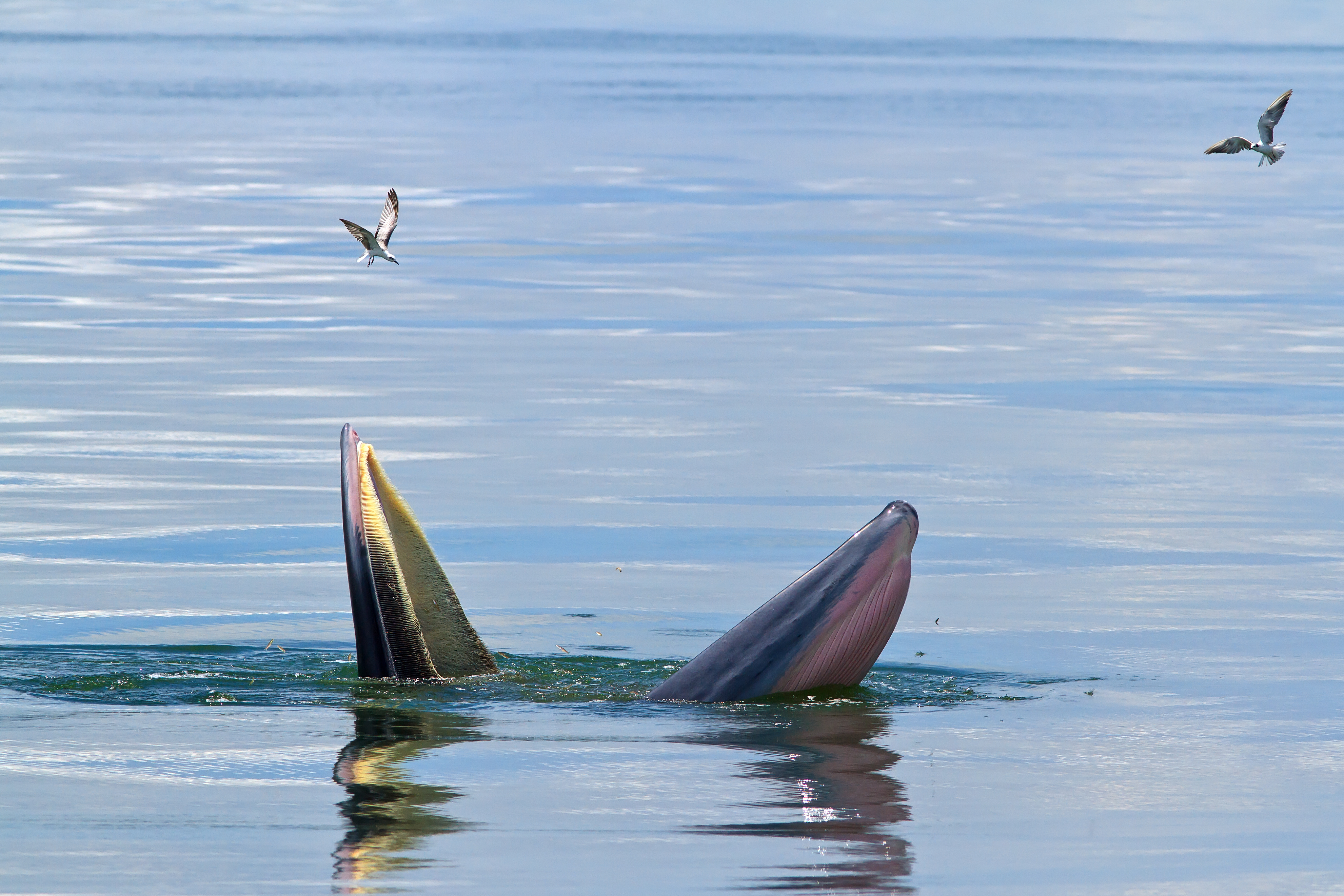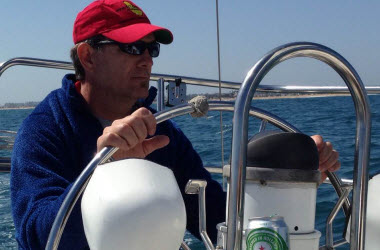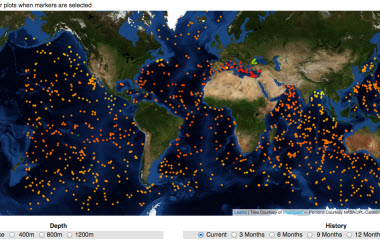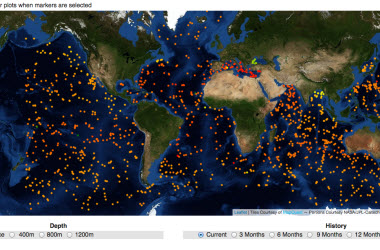September 06, 2016
How many blue whales are there? Where do they go in the winter? What happens if the plankton population they rely on for food is depleted?
These questions—and many more like them—are asked by marine ecologists every day. The blue whale population remains a shadow of its former self. Isn’t it important to continue to study how the species’ overall health is faring? Is extinction still a possibility? The California blue whale population has bounced back, will the others?
Getting to the answers requires not just an understanding of blue whale biology, behavior, and diet, but the ability to apply additional areas of science and other academic studies as well.

Implementing mathematical equations to determine the dietary requirements of a single blue whale would be an important first step. From that data, ecologists use additional math to extrapolate the dietary requirements of the entire population of blue whales!
How do you determine the population of blue whales? You count them! While math and science seem to go hand in hand toward solving these questions, the ability to synthesize information—take that as reading a years’ worth of data and research papers—is also critical.
Without reading, science would not happen. How would we share essential information?
Before the first blue whale is even counted, researchers need to learn everything they can about the migratory habits of the whales.
How else would they know where to find them in the winter? They did this by reading scientific papers and data that had been collected over many years. Once armed with information, the ecologists know where to look for the whales during the winter season.
While science may seem like a stand-alone topic it really is an amalgamation of all subjects. Math, reading, writing and even history—understanding why the whales were hunted, and where—play an important role in the research of a scientist.




